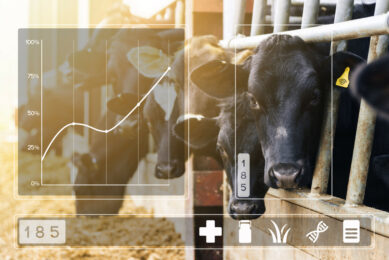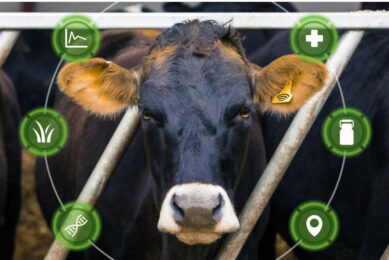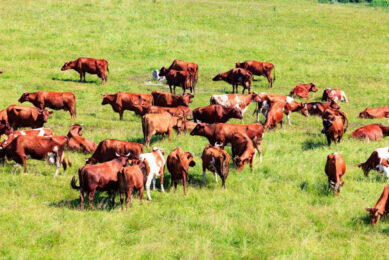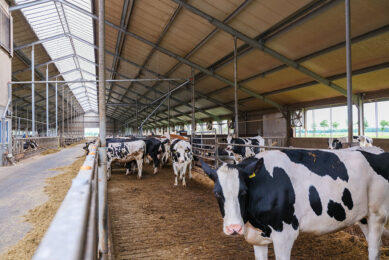Technology advancements for a successful dairy
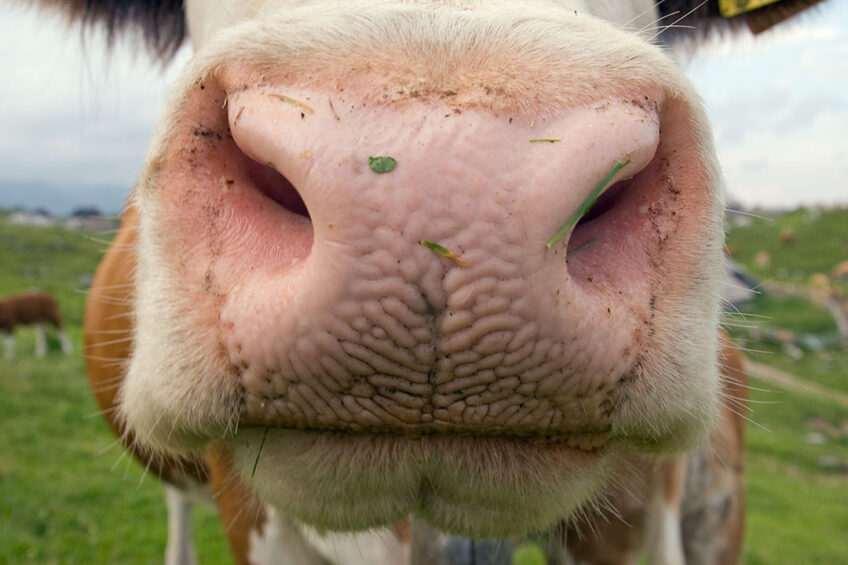
The world’s dairy industry is constantly looking for new ways to improve productivity and profitability, often by evaluating factors such as time, labour, inputs, nutrition, genetics and available knowledge. To be successful for both dairy farmers and their animals, this assessment must also balance welfare, health and comfort. Technology helps guide these efforts.
In the animal health field, dairies are inviting places for diseases accompanied by subsequent transmissions and outbreaks as cows live in proximity. If a cow gets sick, others can quickly catch the same bug and pass it along to their pen mates. Waves of disease can flood through a barn in short order, even moving from farm to farm as animals are bought, sold and transported.
Sickness is accompanied by antibiotic treatments, both successful and unsuccessful re-calls, and in some even more costly cases, death.
AI technology to determine animal health
MyAniML, a Kansas City-based animal health technology company, is focusing their attention on a somewhat unusual body part in their quest for health advances – the cow’s muzzle. Their artificial intelligence-powered, computer vision technology uses machine learning and facial recognition while analysing the face and muzzle looking for early indications of sickness.
“Muzzles are unique, just like fingerprints in humans,” says Shekhar Gupta, MyAniML’s founder and CEO. “Our research has shown they begin to change even before an animal is noticeably sick. Our technology looks for these subtle changes in the ridges of the muzzle to predict health events 2 to 3 days prior to visible symptoms.”
To capture the necessary identification data, motion sensor cameras are placed along feed bunks, on trucks, in parlours and on carousels and milking robots. They act in combination with sensors attached to ear tags.
The large AI cloud-based system analyses a constant stream of pictures and data, automatically sending email notifications with detailed health records, videos and photos of the sick animal’s ear tag, face and muzzle.
Labour costs, welfare, fertility
“Cows can’t talk to us, but it doesn’t mean they’re not feeling stressed or under the weather,” Gupta says. “Facial recognition contributes to the individual identification aspect of the supply chain and is steadily becoming a bigger aspect of biosecurity.”
He foresees MyAniML’s technology as beneficial to fertility, comfort, welfare and behaviour. In some early examples, muzzle analysis has already identified cows lacking water, plus pointed to required ration and nutritional adjustments.
“We’re changing management practices,” Gupta says. “A big benefit is farmers save on labour costs. Post pandemic it’s been harder to hire and train people to recognise and understand individual animal behavior. Our system works from day one, even for new hires.”
While MyAniML is commercially available in beef feedyards, they’re still completing trials in large and small dairies searching for the best locations and procedures for camera use.
Since the technology currently provides ‘sick’ versus ‘healthy’ indications on each animal viewed, during the trials, Gupta is asking dairy owners to respond with the circumstances of cattle receiving ‘sick’ alerts to expand the disease database. His hope is that machine learning will help transition from these basic health determinations to recognising specific diseases such as bovine respiratory disease, ketosis, mastitis and pink eye.
“We want to go as far as possible,” Gupta states. “Muzzle analysis and facial recognition are revolutionising cattle herd health and management. We’re working eagerly and feverishly to not only help the animals but also humankind by achieving a higher quality of product to consume.”
Ear sensors for information
Dairy cows are bred to be highly productive, but many factors operate in a delicate balance to either aid or deter them from meeting expectations. Sickness, fertility, nutrition and even location all play a role in welfare and profitability. If largely left to fend for themselves, treatment costs add up, antibiotic use rises, vet bills mount and deaths occur. Fertility also suffers as artificial insemination processes and products, including semen and reproductive hormones, may be wasted when breeding occurs at the wrong time or while an animal is ill.
Systems like CowManager, a distributed technology of parent company Select Sires Inc., are attempting to stabilise this balance and positively enhance the capabilities of herds.
CowManager uses ear sensors, each containing a battery, microchip and accelerometer and identified with a QR code to monitor oestrus cycles, nutrition, lameness, plus provide an early indication of fever and illness. QR codes are entered into the program, linked to both a sensor and an animal. Routers are strategically placed throughout the barns and yards to collect uploaded data.
“The ear is the most sensitive area to gather rumination, eating, temperature and location information,” says Peter Scharringa, Select Sires Canada product manager. “Ear movement is constant, every second, so the sensor takes in a lot of data. Every 15 minutes it dumps this information through the routers into the main server in the Netherlands. From there it returns to the farm on the hour.”
Scharringa explains ‘normal’ baselines are built off the habits of dairy cows studied worldwide. Research has shown an average healthy cow will act in a certain way for specified amounts of time throughout a day. When sensors identify times too far from this norm, they send a ‘suspicious’, ‘sick’, or ‘very sick’ alert via smartphone, tablet or computer.
While alerts aren’t yet specific to disease or condition, the program’s reports display hourly levels and historical data to pinpoint when behavior changed.
“It brings the manager and the animal together well before they would have interacted had they been using only visual checks,” Scharringa says. “They’re able to manage each situation in the best way possible.”
He believes CowManager is changing management practices especially on the reproductive side as more and more operations are using sexed semen which must be used at the correct time of the ovulation period. Their program delivers close to real-time data with information provided on the hour.
“A system should pay for itself, but also help with management,” he says. “We’re always trying to better our technology. It’s constantly changing, like a revolving door.”
In the future, CowManager is working to improve their ‘find a cow’ ability, add sorting gates and potentially become a full management package capable of better integrating with even more dairy programs.
“We’re making vital progress. The industry is getting tough with everyone looking for money-saving ways. This will help,” Scharringa says.
Technology continues to improve and advance all aspects of dairies throughout the world. Whether by muzzle or by ear, informed and accurate data is driving better decision-making.



